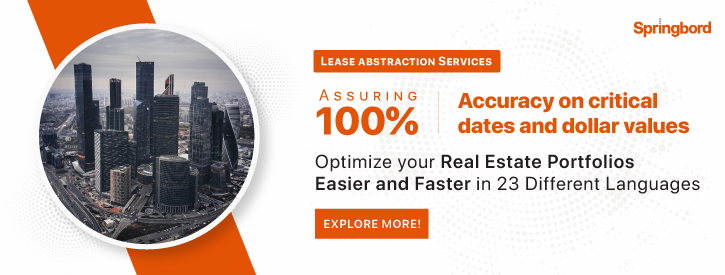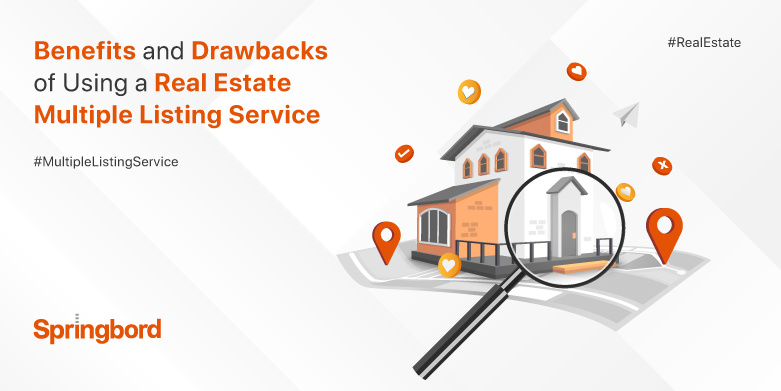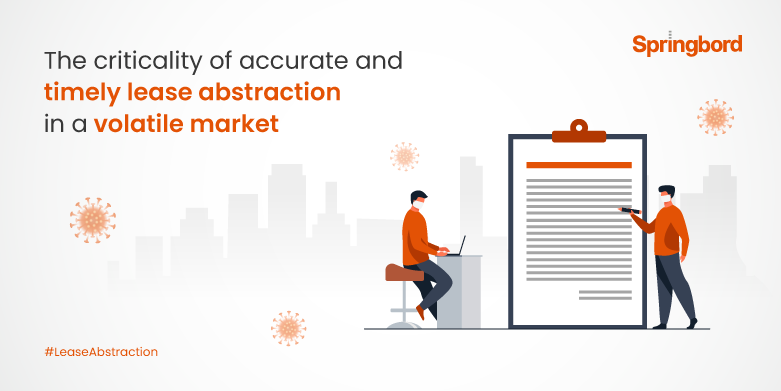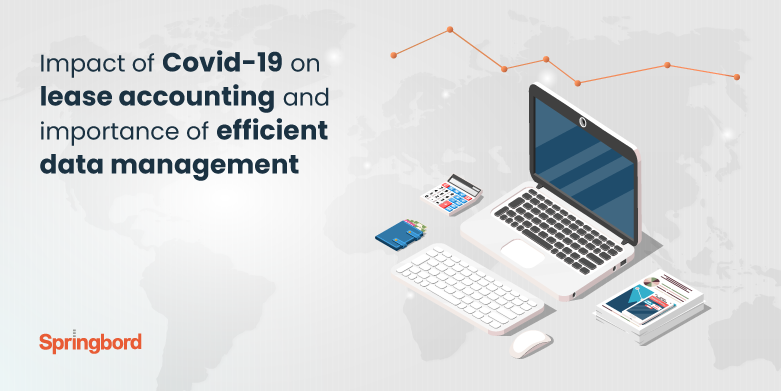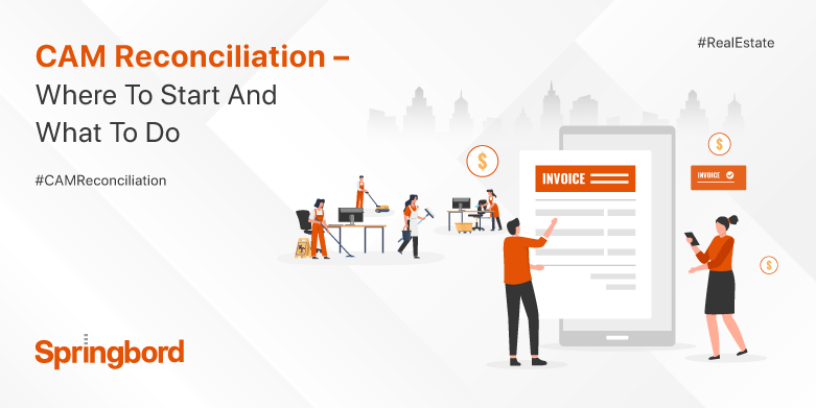 Read time 8 min
Read time 8 minIn commercial real estate, the true art lies not just in securing prime locations or closing profitable deals, but in the meticulous management of the unseen elements that keep these properties running smoothly. One such element, often overlooked but extremely important, is Common Area Maintenance (CAM) reconciliation.
This process, while seemingly ordinary, can be the difference between a thriving property portfolio and one stuck in financial discrepancies and tenant disputes. For seasoned business owners and property managers, mastering CAM reconciliations is not just a necessity; it’s an art form that requires precision, transparency, and a deep understanding of the complex dynamics at play.
One of the most effective ways to ensure accuracy and avoid costly errors is through CAM Reconciliation services. These services help verify that CAM charges are billed correctly, reconciling discrepancies between estimated and actual costs. By leveraging professional CAM Reconciliation, property managers can maintain transparency, prevent overcharges, and foster positive tenant relationships, ultimately ensuring financial stability for the property.
With a focus on seasoned business owners and property managers, this blog seeks to offer a thorough and detailed method for mastering CAM reconciliations.
Importance of CAM Reconciliations
Common Area Maintenance (CAM) charges represent one of the most essential financial components for both property owners and tenants. CAM charges include the costs associated with maintaining shared spaces within a commercial property, such as lobbies, hallways, parking lots, landscaping, and security. These expenses are typically shared among tenants based on the proportion of space they occupy within the property.
Accurate CAM reconciliations are essential for ensuring that both property owners and tenants fulfil their financial obligations fairly. For business owners, particularly those managing multiple properties or large commercial spaces, CAM reconciliations are an important part of their operational financial management. Mismanagement or inaccuracies in CAM reconciliations can lead to significant financial discrepancies, which may not only affect the profitability of a property but also strain relationships with tenants.
The consequences of errors in CAM reconciliations can be severe, ranging from financial losses due to under-recovered expenses to legal disputes with tenants over perceived overcharges. According to a study by BOMA International, discrepancies in CAM charges are among the top causes of lease disputes in commercial real estate. Since CAM charges can account for a sizable portion of the total cost of occupancy, even small mistakes can add up to sizable sums over time, which could negatively affect the property’s finances and damage its reputation.
At Springbord, our expertise in data management and financial reconciliation allows us to support business owners in managing their CAM charges with precision. We assist our clients in streamlining their CAM reconciliation procedures, lowering errors, and eventually accelerating business growth by utilizing our extensive data solutions and domain knowledge.
The CAM Reconciliation Process
The CAM Reconciliation Process is an important aspect of commercial real estate management, ensuring that tenants are billed accurately for their share of common area maintenance expenses.
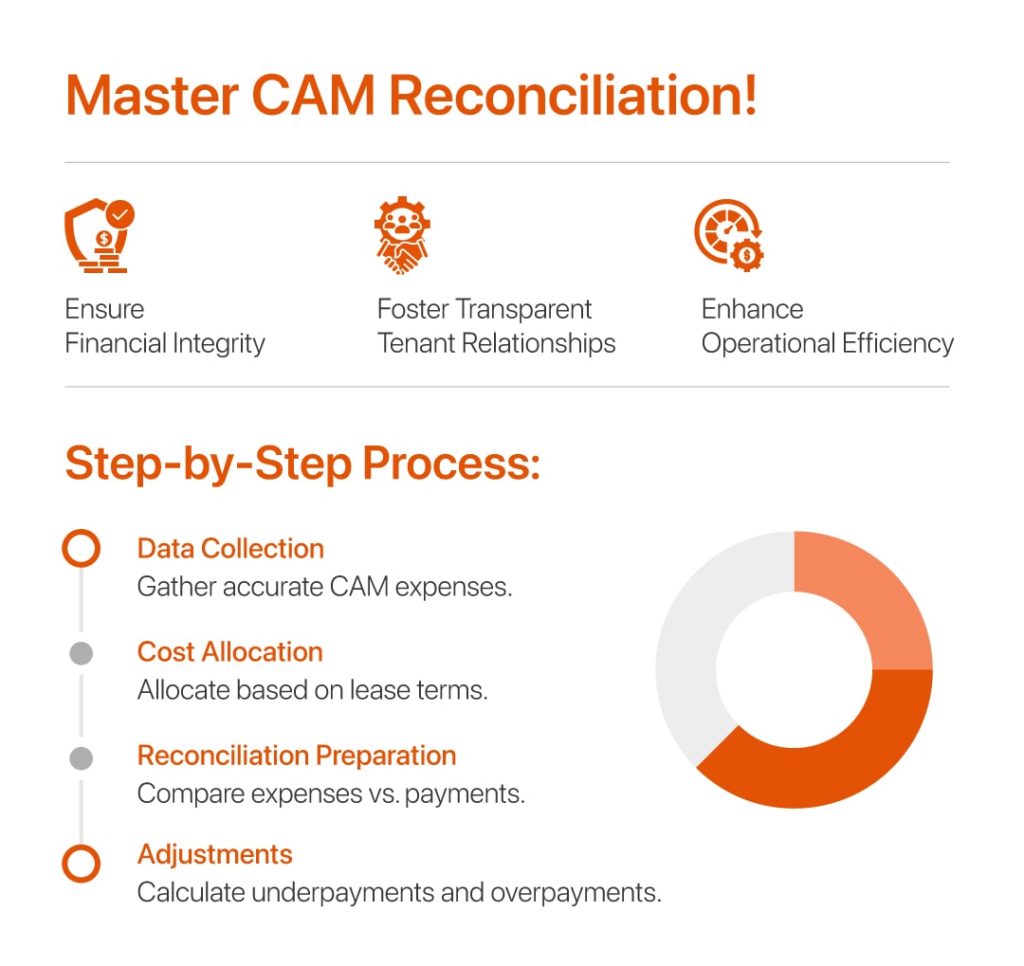
For property owners and managers, mastering this process is essential not only to maintain financial integrity but also to foster transparent and fair relationships with tenants. Understanding and implementing advanced techniques in CAM reconciliation can significantly enhance operational efficiency and minimize the risk of disputes, making it a vital component of effective property management.
Step-by-Step Overview
The CAM (Common Area Maintenance) reconciliation process is an essential financial procedure in commercial real estate, ensuring that tenants pay their fair share of property upkeep and management costs. Accurate reconciliation is essential for preserving financial integrity and preventing disputes because of the complexity and variety of CAM charges. Below is a detailed, step-by-step overview of the CAM reconciliation process.
Initial Data Collection: Gathering Accurate CAM Expense Data
The first step in the CAM reconciliation process is the accurate collection of all relevant CAM expense data. This includes gathering invoices, receipts, and other financial records related to the maintenance and operation of common areas. Data accuracy at this stage is most important, as errors can lead to incorrect charges being passed on to tenants. According to Deloitte, effective data management and collection are key factors in ensuring compliance with lease accounting standards, which underscores the importance of accuracy in CAM reconciliations.
Allocation of Costs: Determining the Tenant’s Share Based on Lease Terms
Once the data is collected, the next step involves allocating these costs to the tenants based on the specific terms outlined in their lease agreements. This allocation is typically done proportionally, based on the square footage occupied by each tenant and the total leasable area. However, lease terms can vary significantly, with some agreements including clauses that exempt certain tenants from specific expenses or that cap their contribution to CAM charges.
Accurately interpreting and applying these terms is significant to avoid disputes and ensure each tenant is billed correctly. For multi-tenant properties, this step can be particularly complex, requiring careful consideration of each tenant’s lease specifics.
Reconciliation Preparation: Comparing Actual Expenses Against Tenant Payments
The core of the CAM reconciliation process is the comparison of the actual CAM expenses incurred during the year with the payments made by tenants. This step involves preparing a detailed reconciliation statement that outlines the total CAM costs, each tenant’s share, and the payments received.
If a tenant has underpaid, this will result in an additional charge, while overpayments may lead to a credit or refund. The reconciliation statement must be clear, detailed, and supported by proper documentation to ensure transparency and build trust with tenants.
Adjustments and True-ups: Calculating Underpayments or Overpayments
The final step in the CAM reconciliation process involves making any necessary adjustments, also known as true-ups. This process involves calculating any discrepancies between what tenants have paid throughout the year and what they owe based on the actual CAM expenses.
True-ups are essential to correcting underpayments or overpayments. For example, if utility costs were higher than anticipated, tenants may owe additional payments. Conversely, if expenses were lower than expected, tenants might receive a refund or credit toward future payments. Accurate and timely adjustments help prevent disputes and ensure that both property owners and tenants are treated fairly.
Springbord’s expertise in handling complex reconciliations and adjustments ensures that all calculations are precise, minimizing the risk of disputes and maintaining financial harmony between property owners and tenants.
Challenges and How to Address Them in CAM Reconciliations
Reconciling Common Area Maintenance (CAM) in commercial real estate can be complicated, and navigating it is no easy task. As properties become more sophisticated and lease agreements more customized, the potential for challenges in CAM reconciliation increases.
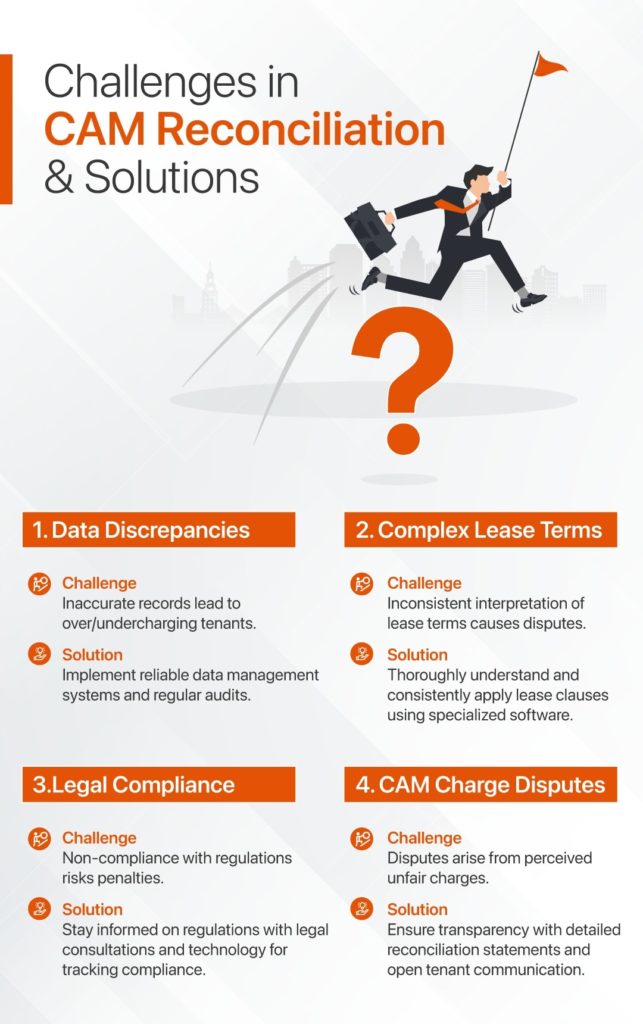
For property managers and business owners, understanding these challenges and knowing how to address them effectively is important for maintaining financial transparency and preventing costly disputes.
1. Data Discrepancies and Inaccurate Record-Keeping
Challenge:
One of the most significant challenges in CAM reconciliation is ensuring the accuracy of the data collected. Inaccurate record-keeping can lead to discrepancies in the final reconciliation, resulting in either overcharging or undercharging tenants.
How to Address It:
To address this problem, property managers ought to put in place reliable data management systems that guarantee that all costs associated with CAM are appropriately documented and classified right from the start. This includes regular audits of financial records and using technology to automate data collection processes.
Springbord’s expertise in data management ensures that all records are meticulously maintained, reducing the risk of discrepancies and ensuring accuracy throughout the reconciliation process.
2. Complex Lease Terms and Inconsistent Cost Allocation
Challenge:
Lease agreements often contain complex terms related to CAM charges, including caps on certain expenses, exclusions for specific tenants, and varying methods of cost allocation. Inconsistent interpretation of these terms can lead to disputes between property owners and tenants.
How to Address It:
Addressing this challenge requires a deep understanding of each lease agreement’s specific terms. Property managers should ensure that they are thoroughly familiar with all CAM-related clauses in each lease and apply these terms consistently across all tenants. Utilizing specialized software that can accommodate various allocation methods and automatically apply lease-specific rules can also help streamline this process.
Springbord offers customized solutions that ensure lease terms are applied accurately and consistently, preventing disputes and ensuring fair cost distribution.
3. Legal Compliance and Regulatory Changes
Challenge:
Staying compliant with local, state, and federal regulations concerning CAM charges is another significant challenge. Regulatory requirements differ significantly across jurisdictions, and failure to comply can result in penalties, legal disputes, and reputational harm.
How to Address It:
Property managers must stay informed about the latest legal and regulatory developments that impact CAM charges. This includes regular consultation with legal experts and ongoing training to ensure that all staff are aware of the current regulatory landscape. Additionally, using technology to track compliance requirements and automatically update processes in response to regulatory changes can be invaluable.
To help clients manage the complexities of regulatory requirements and guarantee that their CAM reconciliations are always in compliance with the most recent laws, Springbord offers legal and compliance services.
4. Disputes Over CAM Charges
Challenge:
Disputes over CAM charges are common, particularly when tenants feel they have been unfairly charged or when there is a lack of transparency in how costs are allocated. These disputes can lead to strained tenant relationships and, in some cases, legal action.
How to Address It:
To minimize the risk of disputes, property managers should prioritize transparency in their CAM reconciliation processes. This involves providing tenants with clear, detailed reconciliation statements that outline all charges and how they were calculated. Open communication with tenants is also key to addressing any concerns or questions they may have about their CAM charges.
We at Springbord place a strong emphasis on openness and concise communication in all of our reconciliation procedures, which helps to foster tenant trust and settle possible conflicts before they get out of hand.
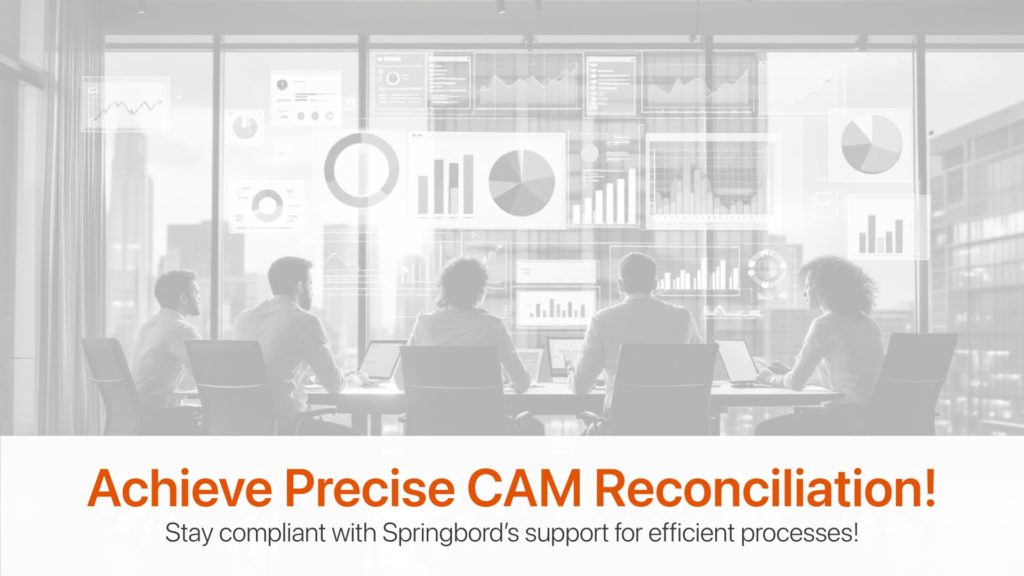
Property managers and business owners can make sure that their CAM reconciliations are precise, compliant, and transparent by being aware of these issues and taking proactive measures to address them. Springbord’s comprehensive suite of services is designed to support you in overcoming these challenges, ensuring that your CAM reconciliation processes are both efficient and effective.
Conclusion
Mastering CAM reconciliations is essential for property owners and managers, as it ensures financial accuracy, transparency, and fairness in managing shared spaces. You can significantly reduce the risk of errors and disputes by meticulously following each step in the reconciliation process, from data collection and cost allocation to reconciliation preparation and final adjustments. Moreover, understanding and implementing advanced techniques in CAM allocation, especially in complex scenarios involving multi-tenant properties, is essential for maintaining financial integrity and fostering positive tenant relationships.
At Springbord, we understand the complexities involved in CAM reconciliations. Our team of experts, backed by extensive experience and advanced data management solutions, is committed to helping you streamline your CAM reconciliation processes. Whether you’re dealing with intricate lease agreements, managing multi-tenant properties, or handling special assessments, Springbord provides the precision and expertise needed to ensure accurate and efficient CAM reconciliations.
Are you ready to optimize your CAM reconciliation process? Contact Springbord today to learn how our tailored solutions can help you achieve financial accuracy and drive business growth.
FAQ
1. What is CAM reconciliation?
CAM reconciliation ensures fairness in sharing common area expenses among commercial property tenants.
2. How often should CAM reconciliations be done?
CAM reconciliations are typically conducted annually at the end of each fiscal year.
3. What should landlords include in reconciliation statements?
Reconciliation statements should provide a breakdown of expenses, calculations, and any adjustments made for transparency.
4. How can landlords handle capital expenditures in CAM charges?
Agree on guidelines in the lease agreement to classify capital expenditures separately from operating expenses.
5. How can disputes during CAM reconciliation be resolved?
A well-defined dispute resolution mechanism in the lease agreement helps address conflicts efficiently and fairly.



